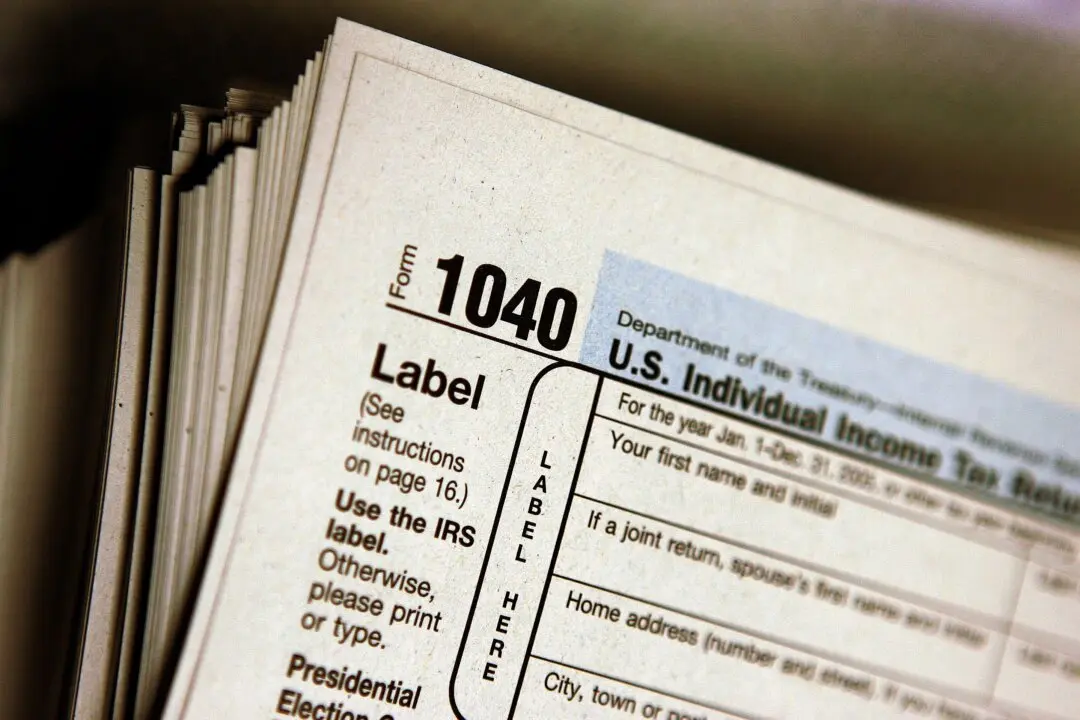California’s Dixie Fire is now the second-largest in the state’s history, having scorched more than 463,000 acres of land in Northern California.
According to data (pdf) from Cal Fire, the blaze—which destroyed the small town of Greenville—is second only behind the Complex fire in August 2020. No deaths have been reported, but thousands of locals were forced to leave their homes.





